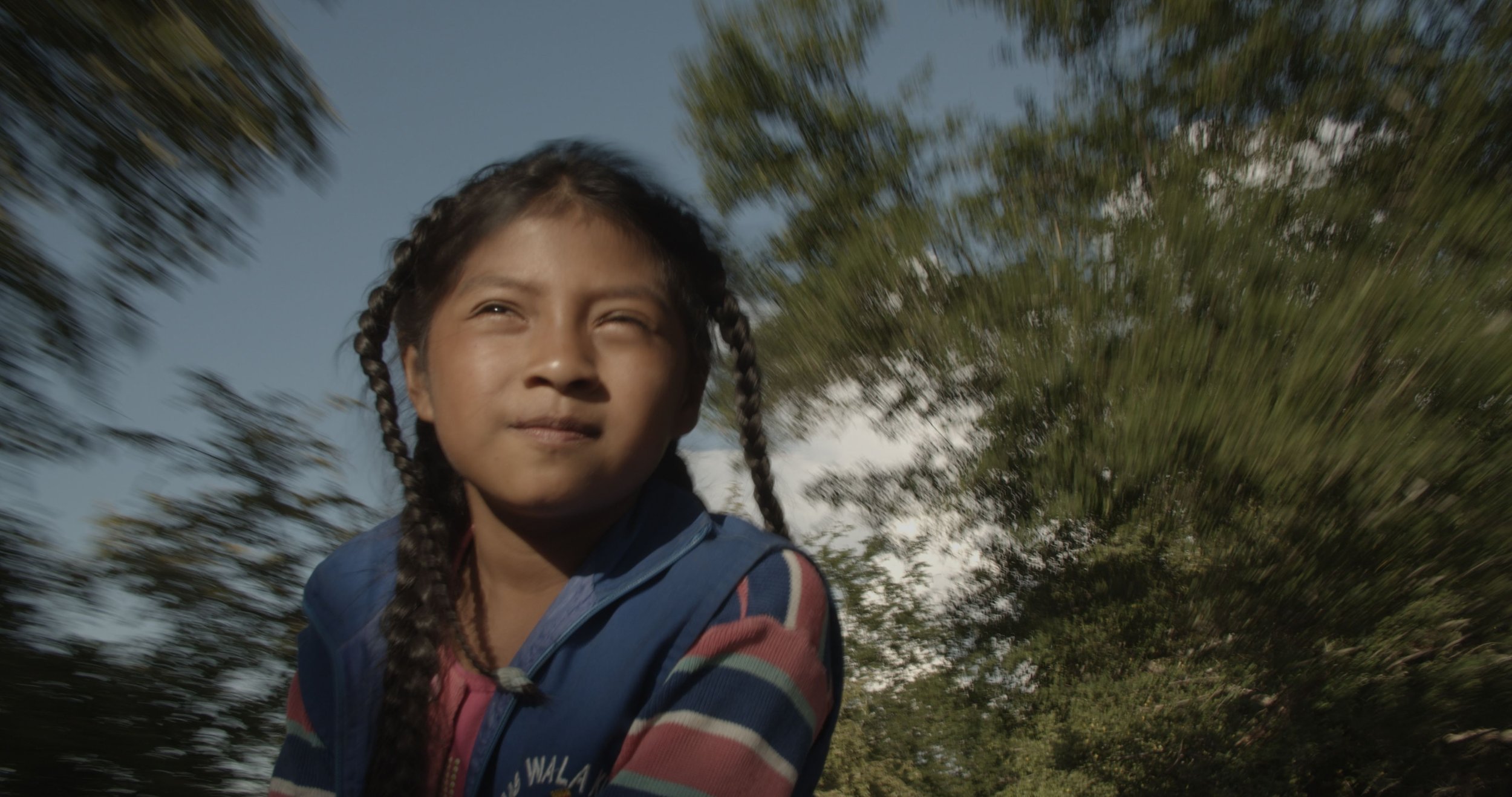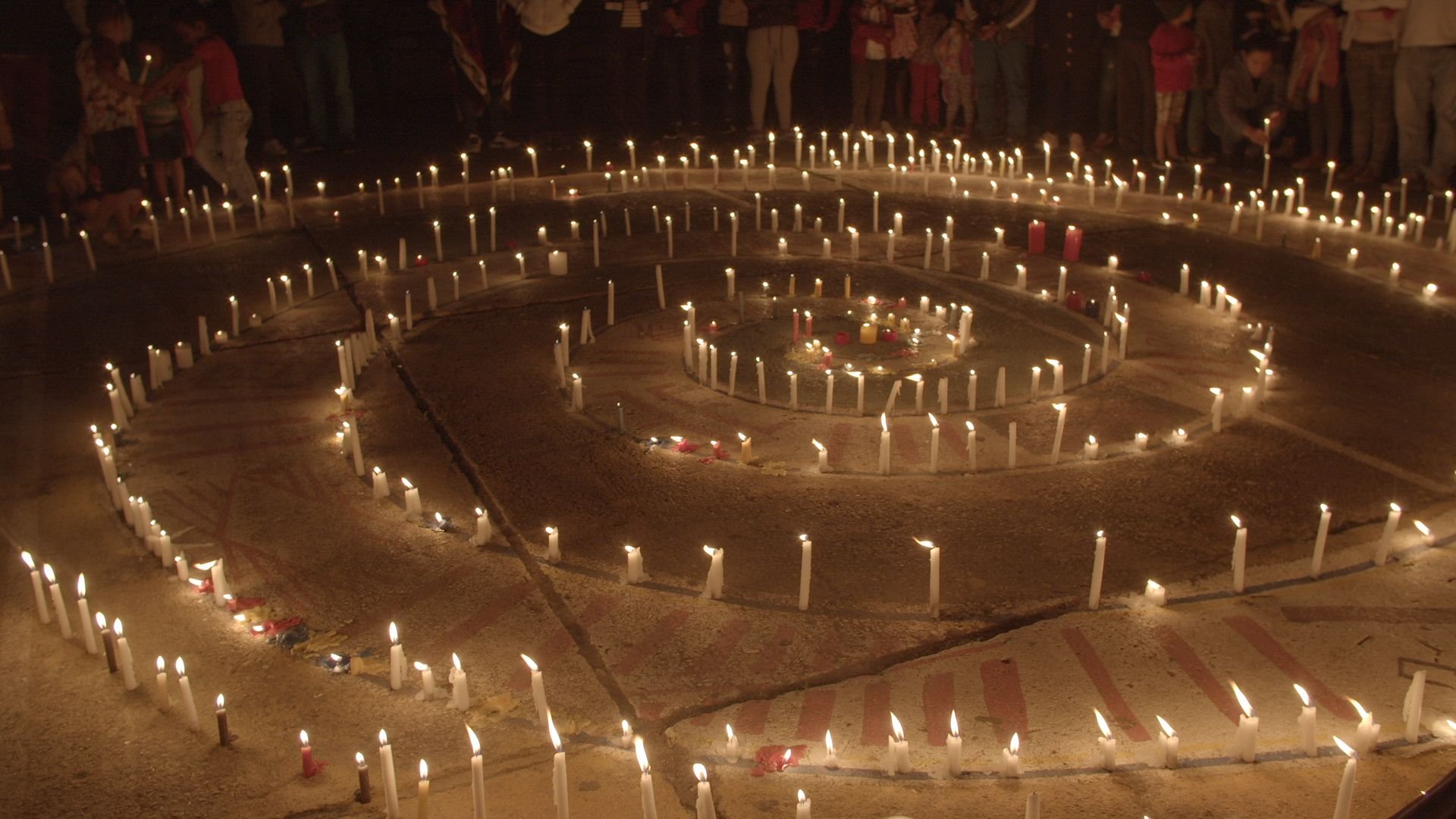The story
Growing up in one of the most powerful nonviolent land-defense movements in the world, a young Indigenous girl, Estefanie, absorbs the struggle of her people to protect their territory in wartorn Colombia. As violence resurges and she witnesses the deaths of many of their leaders, her mom must teach her why they continue. Hasta Siempre is an allegory of ancestral resistance through the brave imagination and trials of girlhood.

The issue
Indigenous communities worldwide face systematic threats and criminalization for challenging extractivism, agribusiness, narco-trafficking and other territorial incursions. Last year, 177 environmental defenders were murdered for these efforts, the vast majority in Latin America, with Colombia the most lethal country, and the southwestern state of Cauca the deadliest place within it. Since the country’s troubled 2016 peace accord, over 1,300 social leaders have been assassinated. Many of the killings in Cauca stem from efforts to suppress the remarkable organizing power of its Indigenous movement, some 70,000 people strong.
The most recognized face of their movement is its nonviolent protection network, the Indigenous guardians. Engulfed in the longest armed conflict in the Americas, Indigenous people in the north of Cauca had to devise a way of standing up to the various armed groups operating in their territories. In 2001, they formed the Indigenous Guard in Toribío, where the film takes place. Their nonviolent tactics as a grassroots community force of women, men, elders, and children have now proliferated throughout Latin America. Leaders from Cauca have trained dozens of communities in their sophisticated strategies of unified, territorial defense. They have become a revered national symbol of peace-building and nonviolent resistance against entrenched patterns of violence

The impact
Before beginning the filmmaking process, leaders in Cauca defined the following goals for the documentary: : 1) Bring international visibility to the Indigenous movement’s triumphs and challenges to expand solidarity; 2) Motivate youth to learn about the nonviolent resistance legacy they belong to; 3) Challenge prevalent media stigmas in Colombia, and; 4) Connect with other Indigenous groups and allies globally to resist shared patterns of violence. The resources we garner through the film will expand the Guardia’s existing training programs for other communities facing territorial threats. Educational materials will aim to shift environmental philanthropy away from ¨fortress conservation¨rooted in a colonial understanding of wilderness, and toward support for frontline movements struggling to protect their lands and waters.
STAY CONNECTED FOR NEWS AND UPDATES BOUT THE FILM’S PRODUCTION AND RELEASE